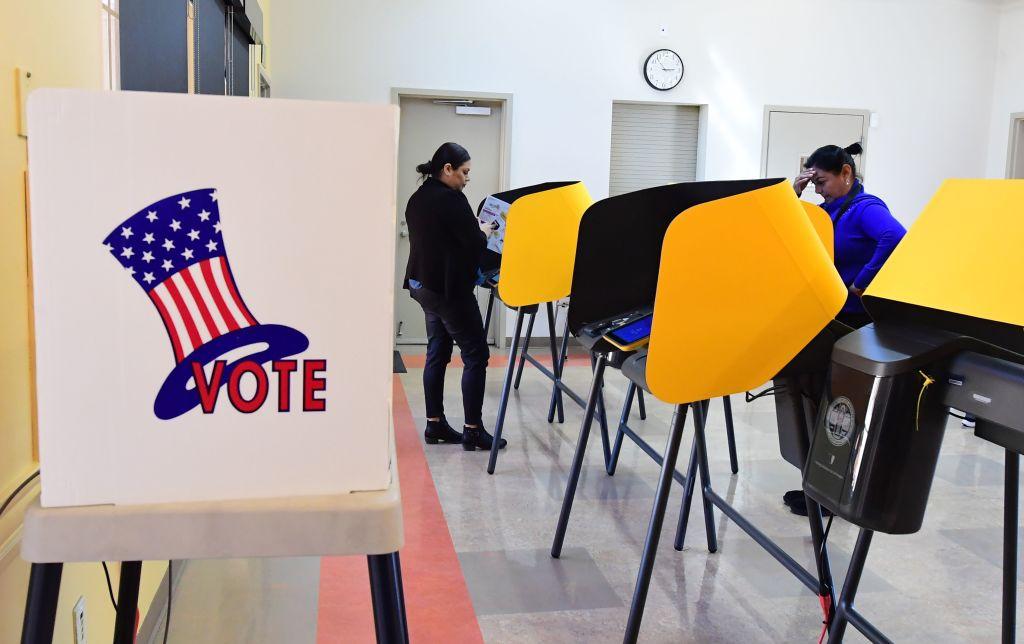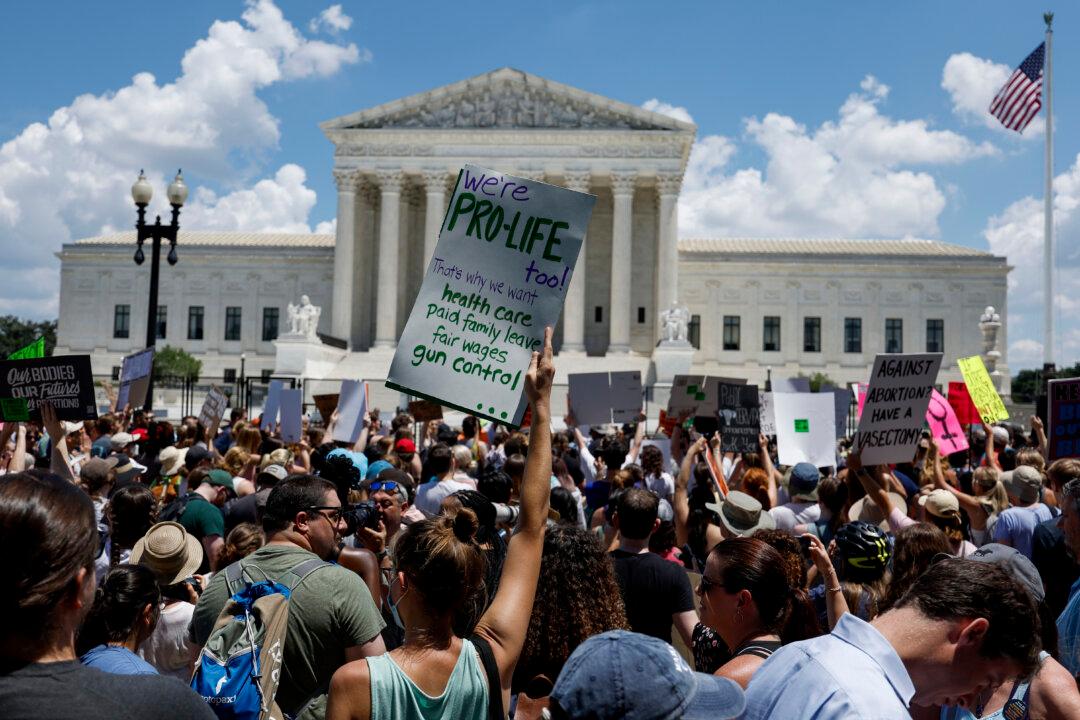Election laws vary broadly from state to state, which in turn dictates how their counties administer elections. At the same time, all county election officials work closely with federal, state, and local election officials to ensure that their voting systems are as safe and secure as possible.
The nation’s 3,069 counties’ voting systems include voter registration, voter check-in systems, and voting machines. Each part of the system has to be monitored by county officials to meet federal and state safety regulations.





